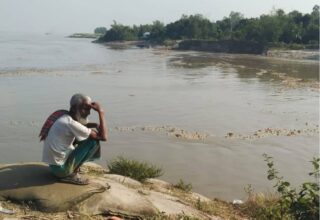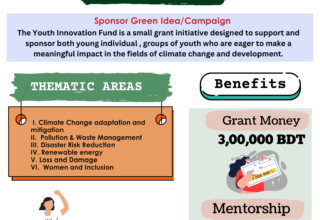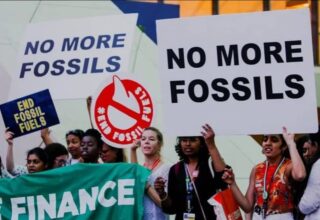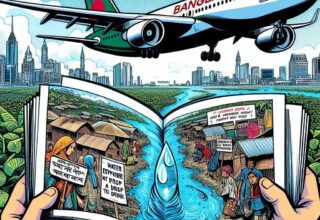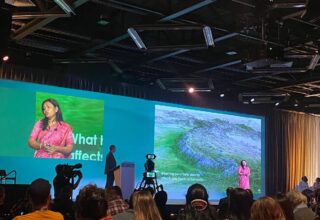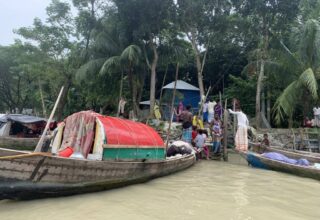Climate-induced rural livelihood loss and consequent rural-urban migration is a common scenario in developing countries. However, little is currently known about the dynamics of the process of climate-displaced migration and the experiences of associated migrants. My research has been an attempt to understand how poor climate-induced migrants perceive their urban conditions in hydro-geophysical and socio-economic terms.
Dhaka City, the densely populated capital of Bangladesh, is highly vulnerable to the impacts of climate change. In the future a sustained influx of climate-induced migrants is likely to join the ranks of the urban poor, where they will have to face new hazards of city life. Therefore, in this research I have tried to answer questions regarding the extent to which climate-induced migrants’ aspirations have been fulfilled after migration and whether their vulnerability to different hazards is different than that of non-climate-induced migrants.
Available research has given the term ‘climate-induced migrants’ to those who have migrated mainly due to problems of the type climate change is expected to cause; for example flood, cyclone, river bank erosion, waterlogging, drought and salinity intrusion. In my research, I used a tracer survey and snowball process to identify poor climate-induced migrants in Korail, one of the largest slums in Asia. Questionnaire surveys, focus groups and personal interviews were the main research methods employed.
I argue that climatic factors have never affected any other group so severely at both their origin and destination as they have affected poor climate-induced migrants. These migrants face more severe repercussions from some hazards than other types of migrants due to the differences in their financial and coping capacities and educational qualifications. Finally, I identify illiterate female climate-induced migrants that have recently arrived from a cyclone prone area as the most vulnerable population. With the rapid rate of urbanization and climate change, this is high time to identify such migrants and create separate plans under which to provide support for them.
-
CLIMATE INDUCED DISPLACEMENT IN BANGLADESH THROUGH THE LENS OF ‘LOSS AND DAMAGE’
This article looks at the economic and non-economic ‘‘loss and damage’ (L&D) of commun… -
The conference for a climate-resilient Bangladesh #Gobeshona3
Day 1: Research into Use Inaugural Session of Gobeshona3 Great start to 4-day #Gobeshona3 …
Load More Related Articles
-
Call for Youth Innovation Fund – Sponsoring Green Idea/Campaign -2024
We are excited to launch the “Youth Innovation Fund” for year 2024 and welcoming applicati… -
What Bangladesh can do before COP29
This year’s climate summit—the 28th Conference of the Parties for climate change (CO… -
Saleemul Huq (1952–2023)
Saleemul (Saleem) Huq was one of the ten most influential climate experts, Advisor to the …
Load More By ICCCAD
-
Reflecting on the learnings from the 7th Adaptation Futures Conference in Montreal
The 7th Adaptation Futures Conference (the Conference) took place in Montreal, Quebec, Can… -
Climate Chronicles of the Manta Community: Life on the river, battling the water woes
“We are born on this boat [and] we live on the boat. This is our home … without our …
Load More In Blog
Check Also
CLIMATE INDUCED DISPLACEMENT IN BANGLADESH THROUGH THE LENS OF ‘LOSS AND DAMAGE’
This article looks at the economic and non-economic ‘‘loss and damage’ (L&D) of commun…

